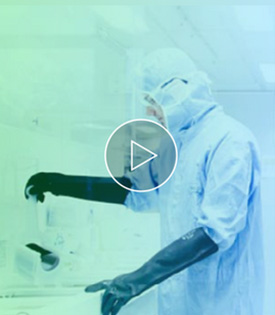Mouse Recombinant HGF (from (BTI-Tn-5B1-4) Hi-5 Insect cells)
Supplier: Prosci
HGF is a mesenchymally derived potent mitogen for mature parenchymal hepatocyte cells and acts as a growth factor for a broad spectrum of tissues and cell types. HGF signals through a transmembrane tyrosine kinase receptor known as MET. Activities of HGF include induction of cell proliferation, motility, morphogenesis, inhibition of cell growth, and enhancement of neuron survival. HGF is a crucial mitogen for liver regeneration processes, especially after partial hepatectomy and other liver injuries. Human and murine HGF are cross-reactive.
Human HGF is expressed as a linear 697 amino acid polypeptide precursor glycoprotein. Proteolytic processing of this precursor generates the biologically active form of HGF, which consists of two polypeptide chains (α-chain and β-chain) held by a single disulfide bond resulting in formation of a biologically active heterodimer. The α-chain consists of 463 amino acid residues and four kringle domains. The β-chain consists of 234 amino acid residues.
Murine HGF is expressed as a linear 728 amino acid polypeptide precursor glycoprotein. Proteolytic processing of this precursor generates the biologically active form of HGF, which consists of two polypeptide chains (α-chain and β-chain) held by a single disulfide bond resulting in formation of a biologically active heterodimer. The α-chain consists of 463 amino acid residues and four kringle domains. The β-chain consists of 233 amino acid residues.*Manufactured using (BTI-Tn-5B1-4) cells under license from the Boyce Thompson Institute for Plant Research, Inc.
Store in working aliquots at -20°C. Avoid freeze/thaw cycles.
Learn more

About VWR
Avantor is a vertically integrated, global supplier of discovery-to-delivery solutions for...